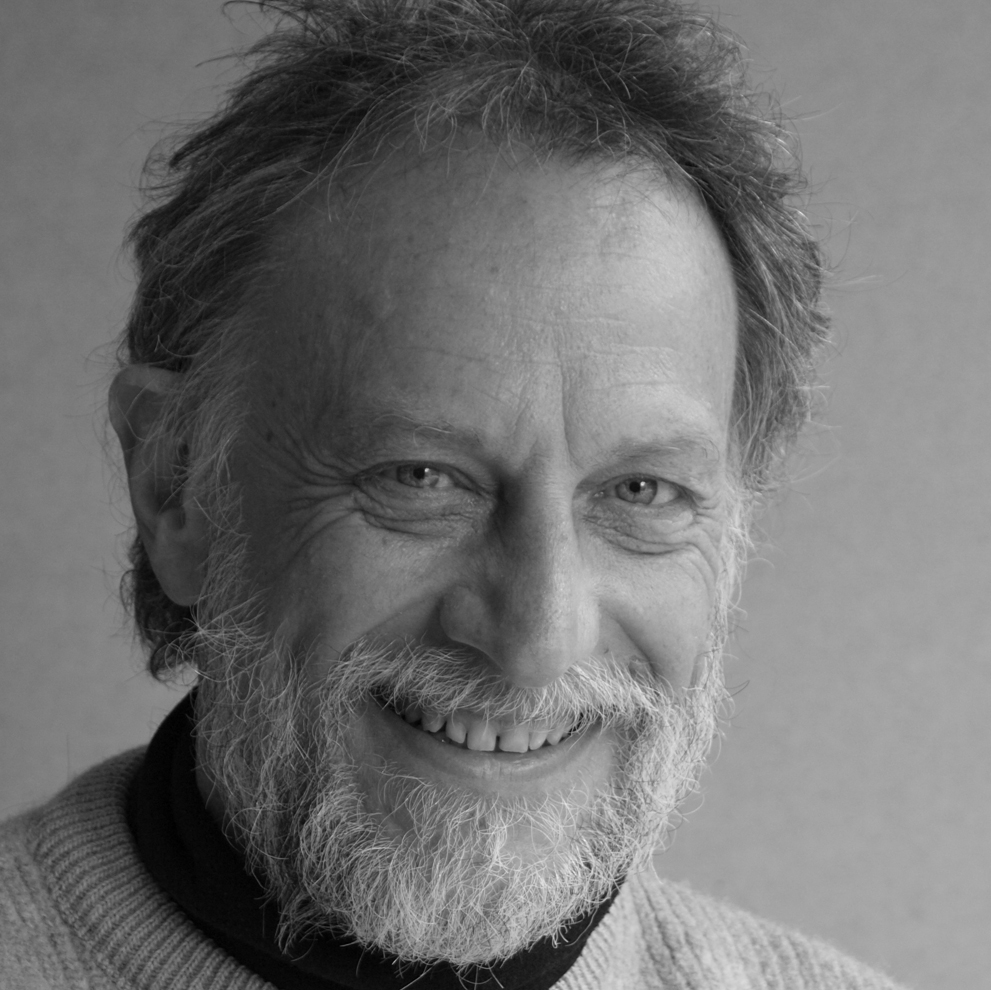Ian Gibbins is a poet, video artist, and electronic musician living on Kaurna land in Adelaide, South Australia. He has four books of poetry, and his videos have been shown to acclaim worldwide in festivals, galleries, installations, and public art programs. Until he retired in 2014, Ian was an internationally recognized neuroscientist and Professor of Anatomy.

Ian Gibbins explains the use of Artifical Intelligence in The Life We Live is Not Life Itself
“The life we live is a series of illusions… a fleeting smile… mistaken decisions… dangerous, unpredictable… yet, we will meet again, as lovers… parents… children… and you will know who I am…”Ian Gibbins
“Tasos Sagris’s poem, with its haunting soundtrack by Whodoes, offers us an extended exploration of lives lived in parallel, at cross-purposes, in and out of love, around the world, from the innocence of children to the wisdom of elders. There are the good times when summer seems to last forever, and the bad, when persecution and misadventure could land us in prison, with nothing but rain to hear our voice. But what is the reality? What is mere illusion? Can there be more to life than simply living?
The raw footage for the video was shot mainly in and around the city of Adelaide, its suburbs, the nearby Fleurieu Peninsula and Yorke Peninsula, South Australia, supplemented with images from around Greece. But nothing in the video is quite as it seems. Most scenes have been composited and animated from multiple sources. So we look down a city laneway and see friends walking along a beach. Storm clouds, ominously aglow, gather behind skylines. And after the rain, floodwater surges across plazas, covers the floors of ruined buildings.
Who inhabits these strange places? Whom will we meet there? Look carefully in the malls and side-streets: we can see our fellow walkers, and then, again, again… And in windows of city buildings, in old frames hung on walls of broken brick and cracked concrete, we see the faces of the young and old, the boys and girls, the men and women of our imagination, our desires, our reconstructed memories. As alluring as they seem, none of them is real. Rather, they are the product of artificial intelligence, trained on thousands of our fellow humans, and generated by cold, unfeeling algorithms.
Who inhabits these strange places? Whom will we meet there? Look carefully in the malls and side-streets: we can see our fellow walkers, and then, again, again… And in windows of city buildings, in old frames hung on walls of broken brick and cracked concrete, we see the faces of the young and old, the boys and girls, the men and women of our imagination, our desires, our reconstructed memories.
As alluring as they seem, none of them is real. Rather, they are the product of artificial intelligence, trained on thousands of our fellow humans, and generated by cold, unfeeling algorithms.
AI-generated faces that change facial expressions, age, and skin color demonstrate the illusory nature of the world surrounding us. The idea that all the faces in the video are not real matches the text and contrasts with the composited actions of actual people.”
Credits
Videography / Compositing / Editing / Direction: Ian Gibbins
Poetry / Spoken Word: Tasos Sagris
Music: created by Whodoes
Artificial face generation: Generated Media, Inc
3D models: Sketchfab.com
Audio mastering: Stefan Torto
Produced by The Institute for Experimental Arts in Athens.
In this video Ian shares some fascinating and generous insights into the technical aspects of making “The Life We Live Is Not Life Itself”.